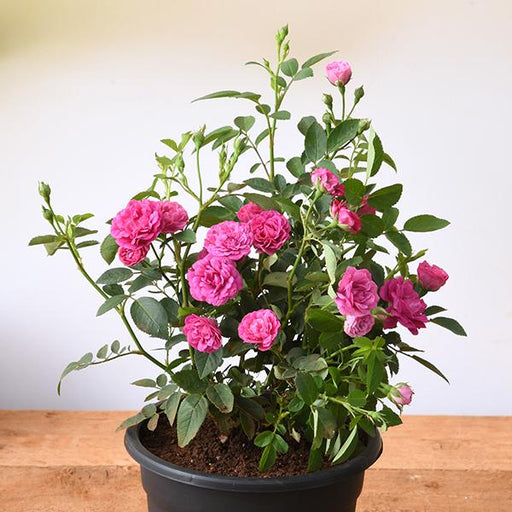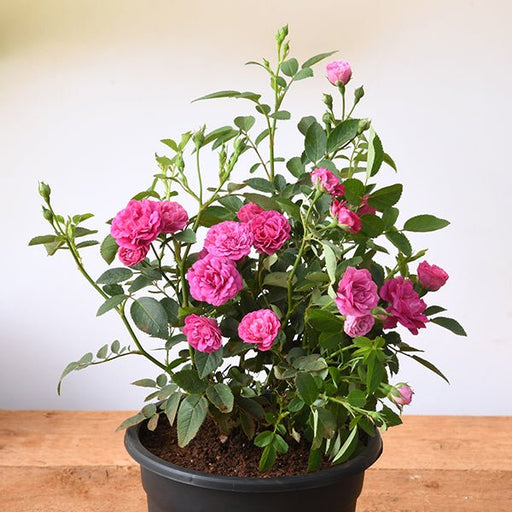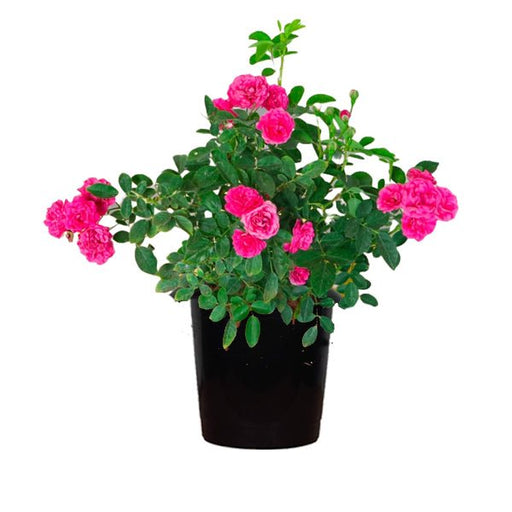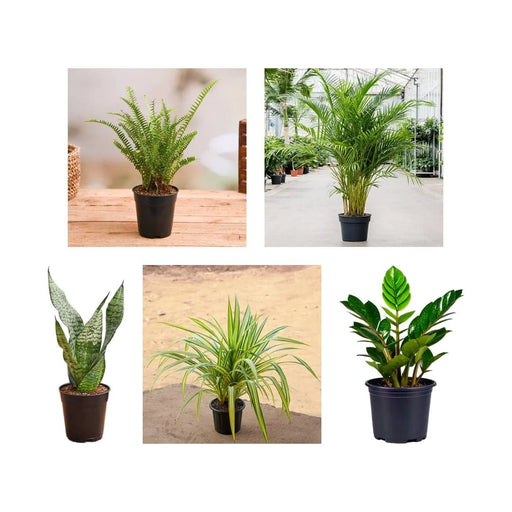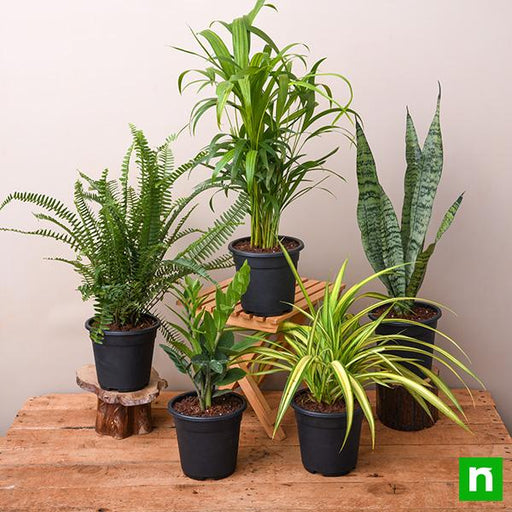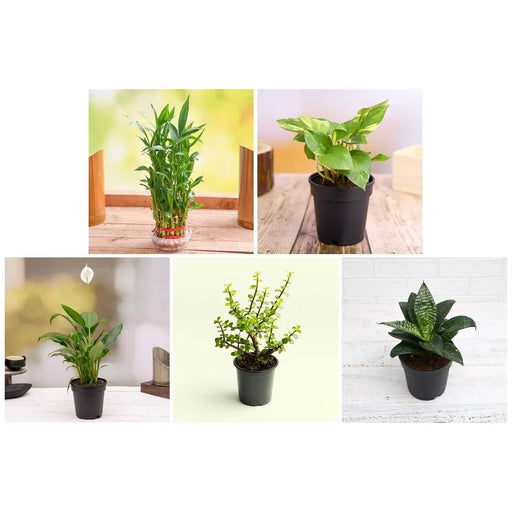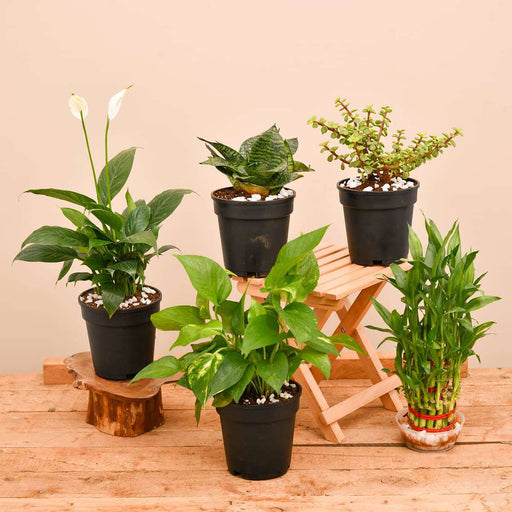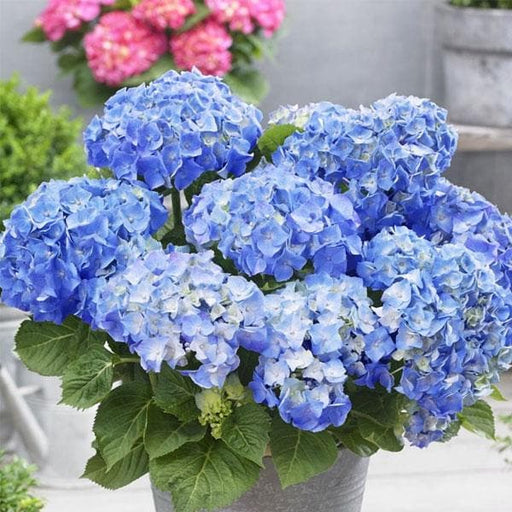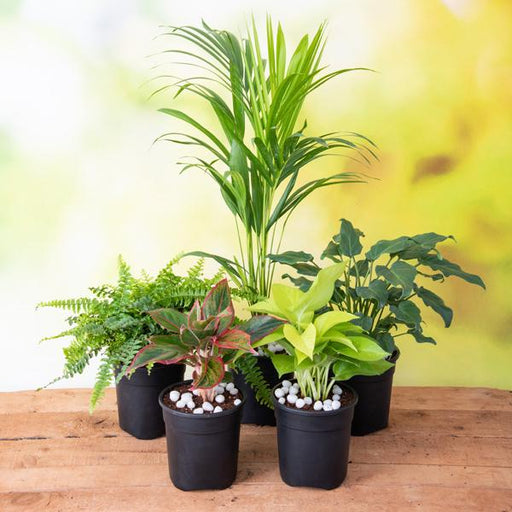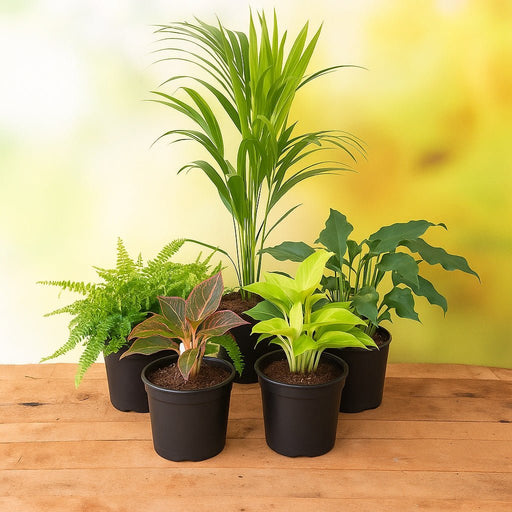Winter Flowering Plants Pansy Cheerful Bloomers
These adorable, happy-faced flowers thrive in winter, adding a splash of color when everything else turns dull. Pansies come in vibrant shades, perfect for flower beds, hanging baskets, or balcony gardens.
Winter Flowering Plants Petunia Frost-Defying Beauty
Petunias might look delicate, but they stand strong against chilly weather. Their trumpet-shaped blooms in pinks, purples, and whites turn any winter garden into a floral paradise with minimal care.
Winter Flowering Plants Chrysanthemum Festival Star
Winter gardens love chrysanthemums! These bushy, bright blooms arrive just in time for Diwali, making homes festive and lively. They’re long-lasting, vibrant, and add an elegant touch to any space.
Winter Flowering Plants Marigold Golden Glow
Marigolds are the ultimate winter warriors, thriving even in the coldest months. Their cheerful orange and yellow flowers bring warmth to gardens, making them perfect for festivals and ceremonies.
Winter Flowering Plants Dahlia Bold & Beautiful
Dahlias bloom in winter like they own the season! With their large, striking flowers in a variety of colors, they turn gardens into showstoppers and add instant drama to flower beds.
Winter Flowering Plants Calendula Healing Sunshine
Also known as pot marigold, calendula isn’t just pretty—it’s medicinal. Its bright orange and yellow flowers bloom all winter, bringing color and healing properties to both gardens and skincare routines.
Winter Flowering Plants Snapdragons Whimsical Charm
These playful, dragon-shaped flowers thrive in winter, blooming in an array of rich shades. Snapdragons make any garden look like a fairytale, attracting bees and butterflies with their vibrant appeal.
Winter Flowering Plants Sweet Peas Fragrant Elegance
Sweet peas bring soft pastel beauty and a heavenly fragrance to winter gardens. These climbers are perfect for trellises, fences, or containers, adding both height and charm to outdoor spaces.
Winter Flowering Plants Antirrhinum Garden Performer
Also known as dragon flowers, antirrhinums bloom generously through winter. Their unique petal structure and variety of shades make them a favorite choice for gardeners looking to add personality to flower beds.
Winter Flowering Plants Primrose Delicate Delight
Primroses are winter’s answer to spring blooms. These low-maintenance flowers bloom in a rainbow of colors, brightening up pots, borders, and gardens even on the coldest days.
Winter Flowering Plants Viola Petite Powerhouse
Similar to pansies but smaller, violas are winter champions, blooming non-stop in cool weather. Their delicate yet colorful flowers make them ideal for container gardening, window boxes, or edging pathways.
Winter Flowering Plants Cineraria Winter Wonderland
Cineraria flowers bring an almost mystical feel to winter gardens with their cool-toned blooms. Their daisy-like flowers in purples and blues create an enchanting, fairy-tale vibe even in chilly temperatures.





